- Thanks to the EV tax credit, the Model 3 Performance matches the 330i xDrive’s price.
- While the Tesla boasts more power, the BMW delivers a more premium cabin experience.
- The $86K M3 Competition is the only 3er capable of rivaling Tesla’s top-performance model.
If you can get your head around owning an EV and are looking for something that’s blisteringly quick, a comfortable cruiser, and won’t force you to sell a kidney, the Tesla Model 3 Performance is one of the most compelling options on the market. However, would you buy a Model 3 over one of the most revered premium sedans of them all, the BMW 3-Series? That was the debate we had here at Carscoops, and now we’re throwing it to you.
Tesla Model 3 Performance: A Lot of Speed for Not a Lot of Money
In the US, the Model 3 Performance currently has a starting MSRP of $54,990, not including delivery, handling fees, or taxes. However, thanks to the $7,500 federal EV tax credit that may or may not vanish under the Trump administration, eligible buyers can bring that price down to $47,490—a nice little discount, assuming you qualify.
Just make sure you pick the base Stealth Grey color, as it’s the only one that qualifies out of the box. If you go for any optional colors, the only way to still qualify—aside from leasing—is by adding the $8,000 Full Self-Driving (FSD) package, which, well, kind of defeats the purpose.
Read: The Tesla Model 3 Performance Is The Most American-Made Car
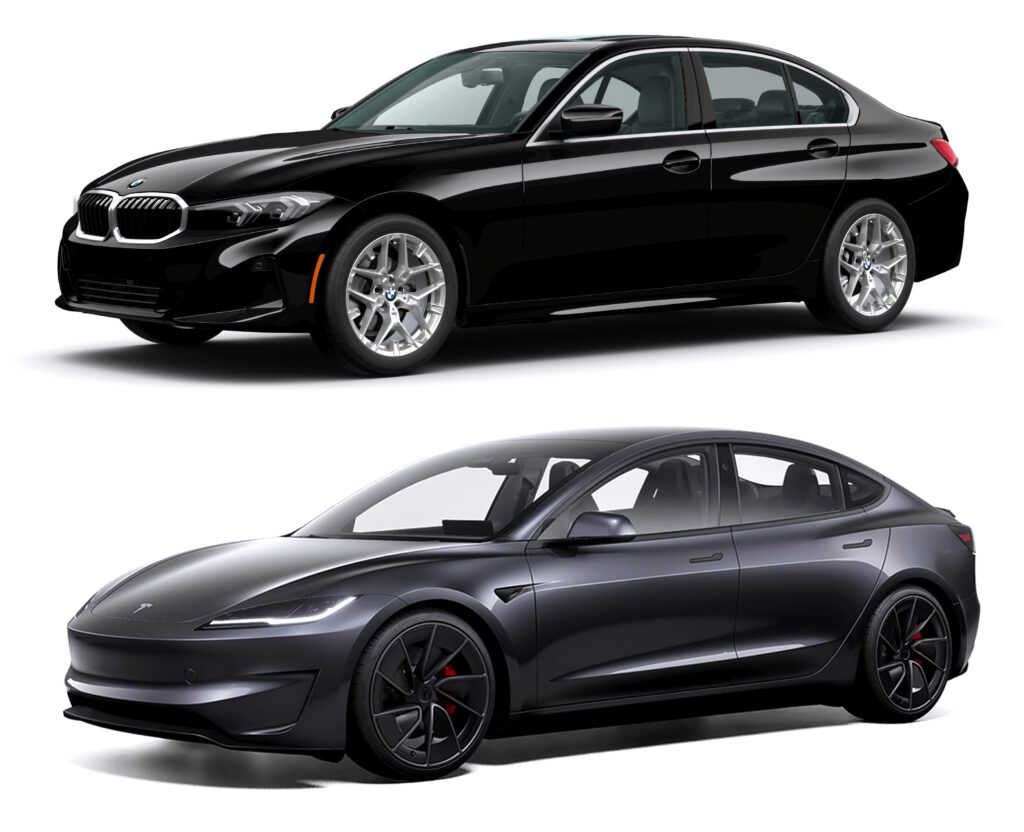
For that price, you’re getting a sedan with twin electric motors that deliver 510 hp and 546 lb-ft (740 Nm) of torque, allowing it to hit 60 mph (96 km/h) in just 2.9 seconds (with a rollout) and blast through the quarter-mile in 11 seconds flat. That’s a lot of performance for not a lot of money.
Now, if you have around $50,000 to play with and are looking at a BMW, the 330i xDrive is the best option. It has a starting MSRP of $47,950, almost identical to the Model 3 Performance’s post-credit price. However, unlike the EV, this is not a performance car. In fact, the 330i makes do with a 2.0-liter turbocharged four-cylinder with a measly (by comparison) 255 hp and 295 lb-ft (400 Nm) of torque. That’s enough for most people, but its 0-60 mph time of 5.4 seconds, according to BMW, is a far cry from Tesla’s rocket-ship acceleration.
Tesla’s Claims vs. BMW’s Numbers: A Closer Look
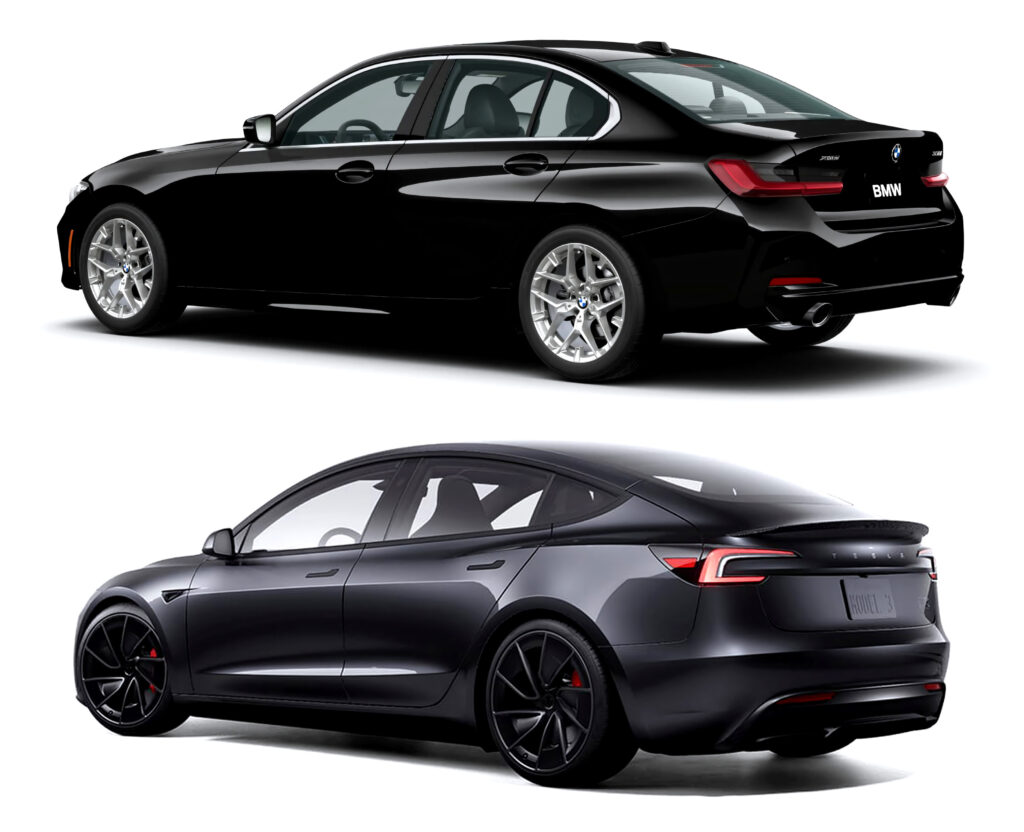
Performance stats aren’t always straightforward, and Tesla, in particular, has a reputation for massaging its numbers. From showcasing prices on its website that include “gas savings” (seriously?) to quoting acceleration figures with rollouts, Tesla has mastered the art of creative marketing. BMW, on the other hand, tends to do the opposite—downplaying its numbers, from horsepower to acceleration times, often to the point of underselling its cars.
Take real-world testing as an example. Car&Driver clocked the 330i xDrive’s 0-60 mph at 5.2 seconds (see here) and its quarter-mile at 13.9 seconds at 100 mph (160 km/h). In contrast, the Tesla Model 3 Performance managed 3.0 seconds to 60 mph without rollout (2.8 seconds with rollout) and an 11.0-second quarter-mile without rollout (11.2 seconds with) at 125 mp (see here).
BMW’s Interior Comfort vs. Tesla’s Minimalism
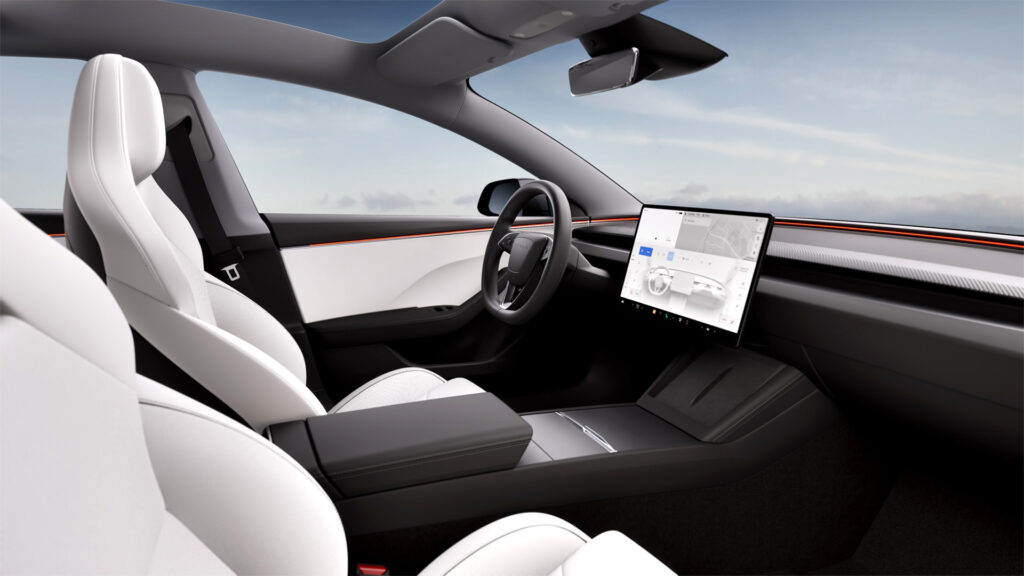
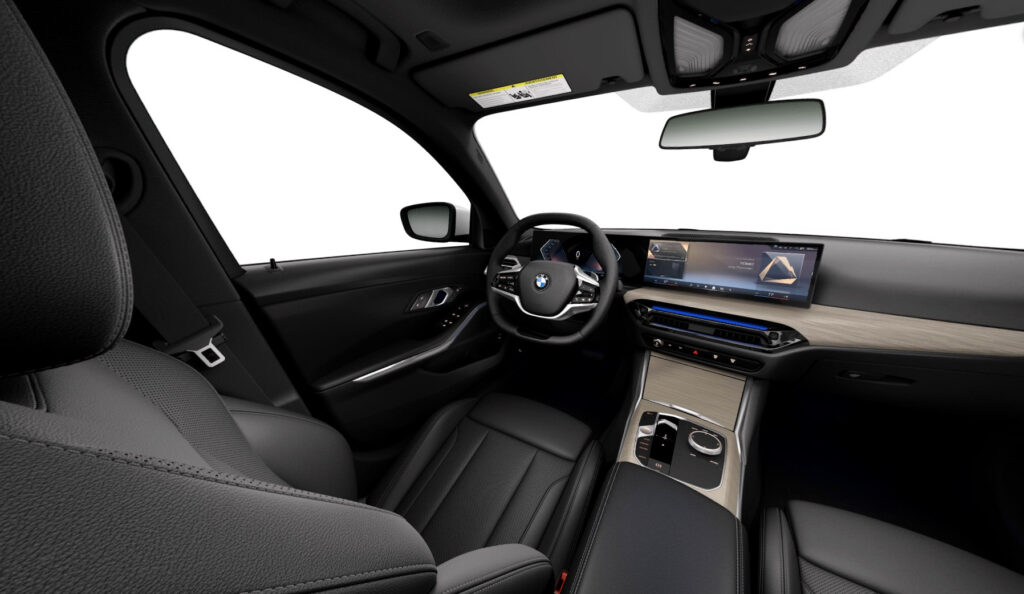
While the Tesla has an obvious edge in performance, the interior of the 330i is arguably nicer. It’s not ultra-minimalist like the Model 3 and features a huge curved display housing the infotainment system and a digital instrument cluster.
For $2,450, customers can opt for the Premium package, which includes a head-up display, power tailgate, remote engine start, and active driving assistant. Another popular choice is the $2,550 M Sport package, adding an aerodynamic kit, 19-inch bi-color wheels, a variable sport steering system, and more.
What About the M3 Competition?
If you’re a BMW die-hard and want something that can truly hang with a Tesla Model 3 Performance, the M3 Competition xDrive is the car for you. Not only can it hold its own more reliably at higher speeds and during prolonged use, but it pumps out 523 hp and 479 lb-ft (649 Nm), has all-wheel drive, and, according to BMW, can hit 60 mph in 3.4 seconds.
However, independent tests have shown it can do that in less than 3 seconds in perfect conditions and match the Tesla’s 11-second quarter-mile. According to Car and Driver, the M3 CompetitionxDrive matched Tesla’s numbers, hitting 60 mph in 3.0 seconds (2.8 seconds with rollout) and running the quarter-mile in 11.0 seconds flat (11.2 seconds with rollout) at 124 mph. Unfortunately, the M3 Competition starts at $86,000, putting it into an entirely different class than the Tesla.
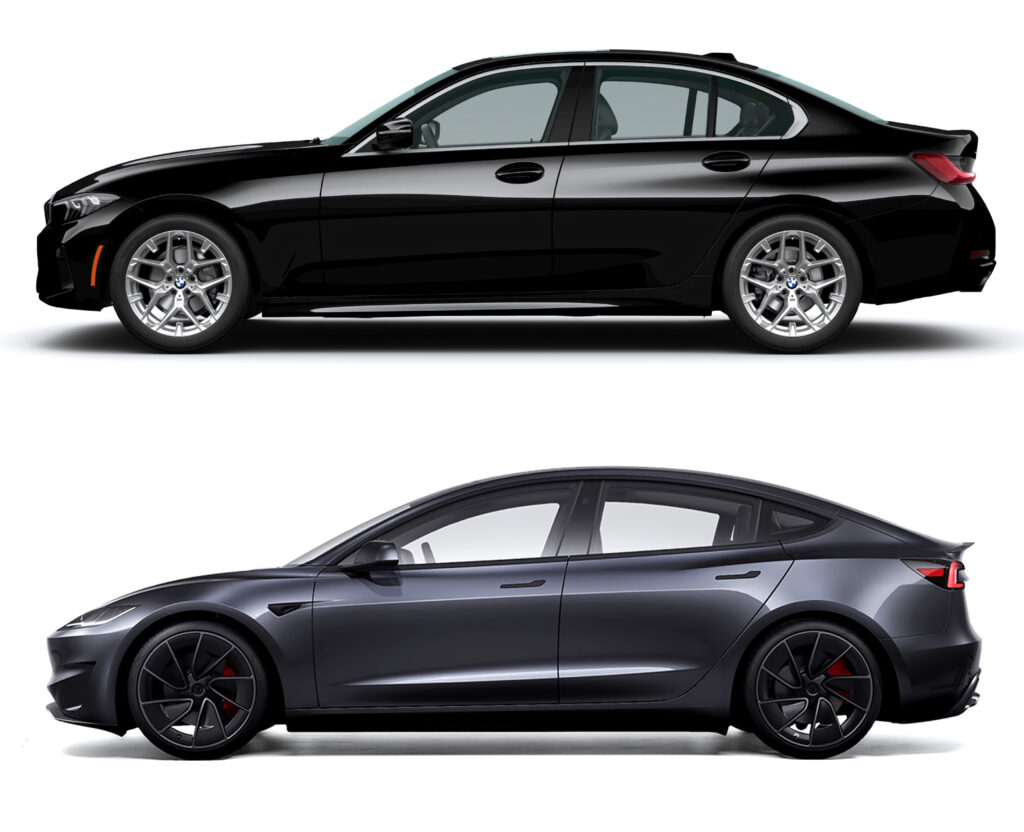
So, What’s Your Pick at $47K?
At the end of the day, it comes down to priorities. Do you value raw, electrified speed and the simplicity of Tesla’s minimalist design? Or are you drawn to the traditional luxury, refinement, and subtle charm of a base BMW sedan? Let us know which you’d choose—the 330i xDrive or the Model 3 Performance—in the poll below, and drop your reasoning in the comments.



